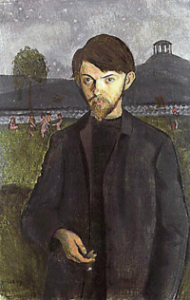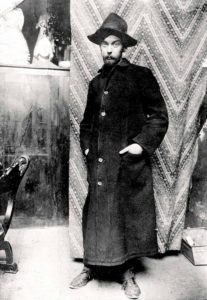
1878 - 1909
Ivar Arosenius

description
A Swedish artist, graphic artist, talented illustrator, a brilliant representative of Scandinavian Symbolism.
During his short life, Ivar Arosenius created a large number of fantastic and fabulous works inspired by folk beliefs and legends. He collaborated with several magazines, illustrated children’s fairy tales and became popular especially thanks to the children’s book, “The Cat’s Journey”, which he wrote for his daughter Lillan. This small book, illustrated by the author, is a classical example of Swedish children’s literature. In 1905, Ivar received positive reviews at the Salon of Independent in Paris, and in the fall of that year his first solo exhibition was successfully held in Stockholm; if not for his early death, Ivar Arosenius would probably become the greatest artist of his time.
Key ideas:
– The works of Ivar Arosenius, originating from the folk Swedish tradition, are filled with fantasy, humor and natural Scandinavian flavor. The author very often chooses fabulously symbolic plots, which he not only illustrates, but also rethinks in his own way. Arosenius puts fictional characters into real life, turning everyday life into a fantasy, where a certain mystery and mystical process take place.
– The artist used mostly dark color palette. In his paintings, especially in works made in pastels and watercolors, there is a mysterious haze that gives the figures vague outlines, as if they are almost unreal and can disappear at any time.
– His characters are disgusting trolls, ancient kings, romantic princesses and forest fairies. Arosenius often uses fairytale characters for caustic satire, aimed at the false authorities of society and the neglect of moral values.
– Self-portraits of Ivar Arosenius, which are many in his heritage, deserve special attention. They are filled with tragedy and premonition of trouble. In one of these self-portraits, he depicted a death with a scythe in the background, waiting for the artist on the other side of the reservoir.
– In all the paintings of Arosenius, there is a feeling of romantic longing and the strong individual style of the author.
– After the birth of his daughter Lillan, the artist began to pay much attention to scenes from the child’s world, being a pioneer of children’s subjects in Sweden. Arosenius depicts the girl in different environments: on the street, in the house, on a flower meadow. In his paintings, she is often alone in a dark room, which evokes an anxious mood. Such is his painting “A girl and a candle” (1907), which is one of the most famous canvases of the master.
1878
1896
1898
1903
1904
1905
1906
1906 - 1907
1908
1909
The birth of the artist
Began to study art at the art school "Valad"
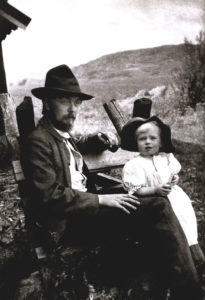
Together with Henning, he was admitted to the Academy of Arts in Stockholm
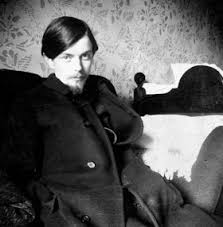
Made a trip to Europe
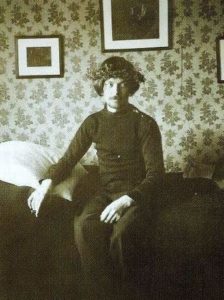
Created illustrations for the fairy tale "The Princess and the Trolls"
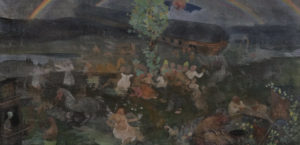
Participated in the Salon of Independent
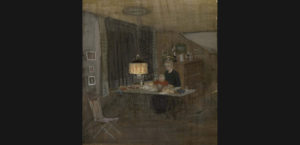
Married Ida Adler
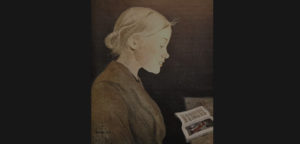
Collaborated with several magazines
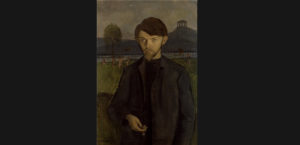
Participated in a large joint exhibition in Stockholm
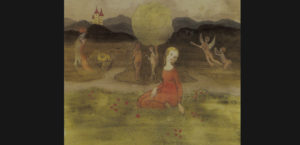
The death of the artist
